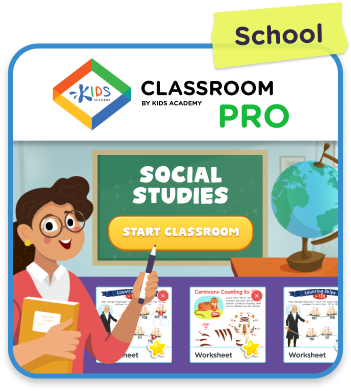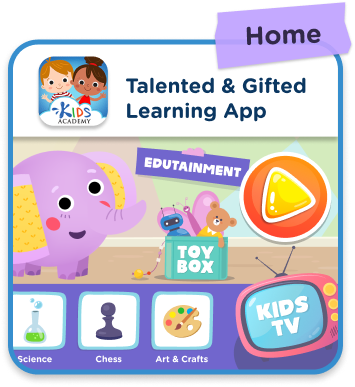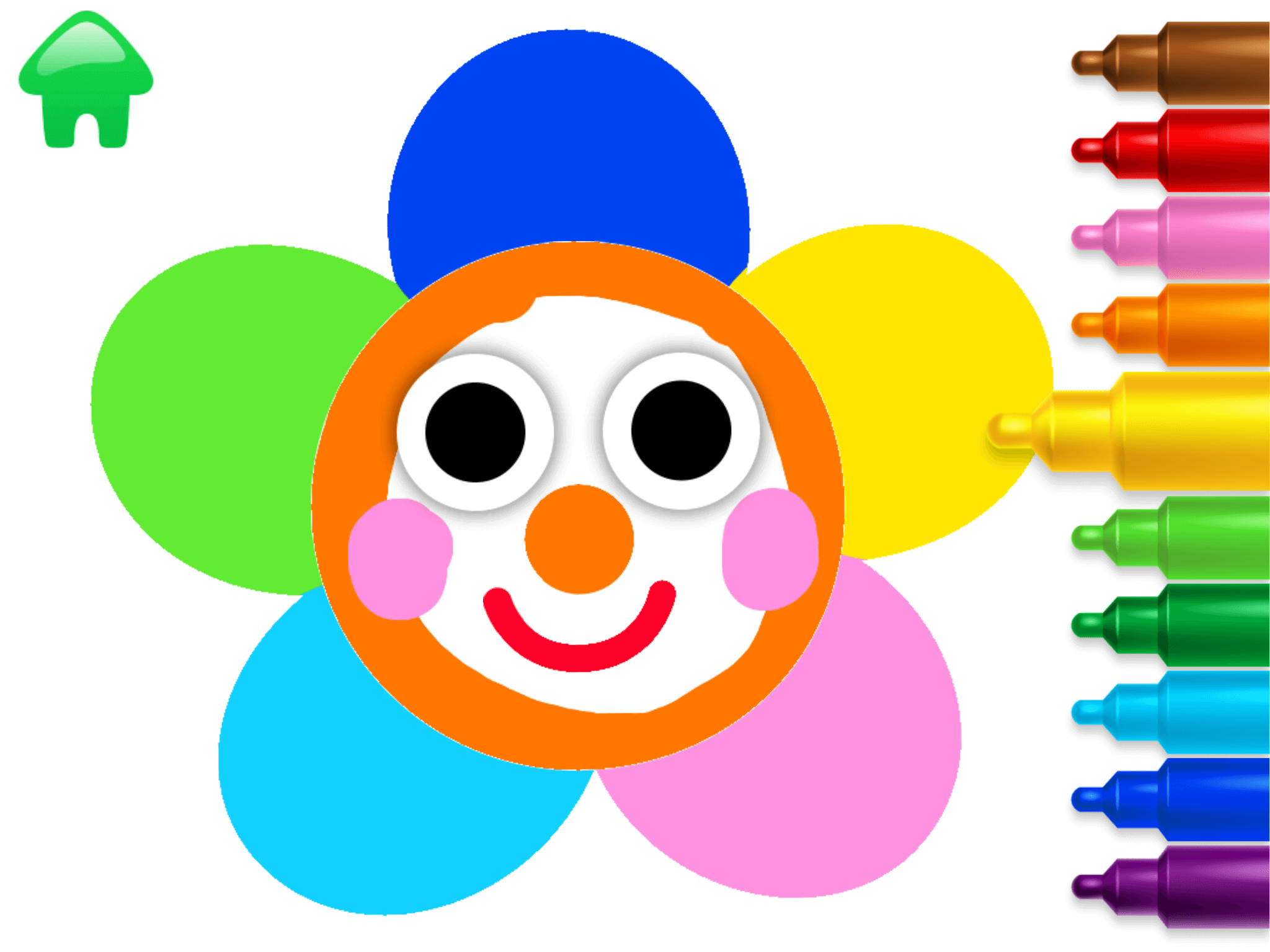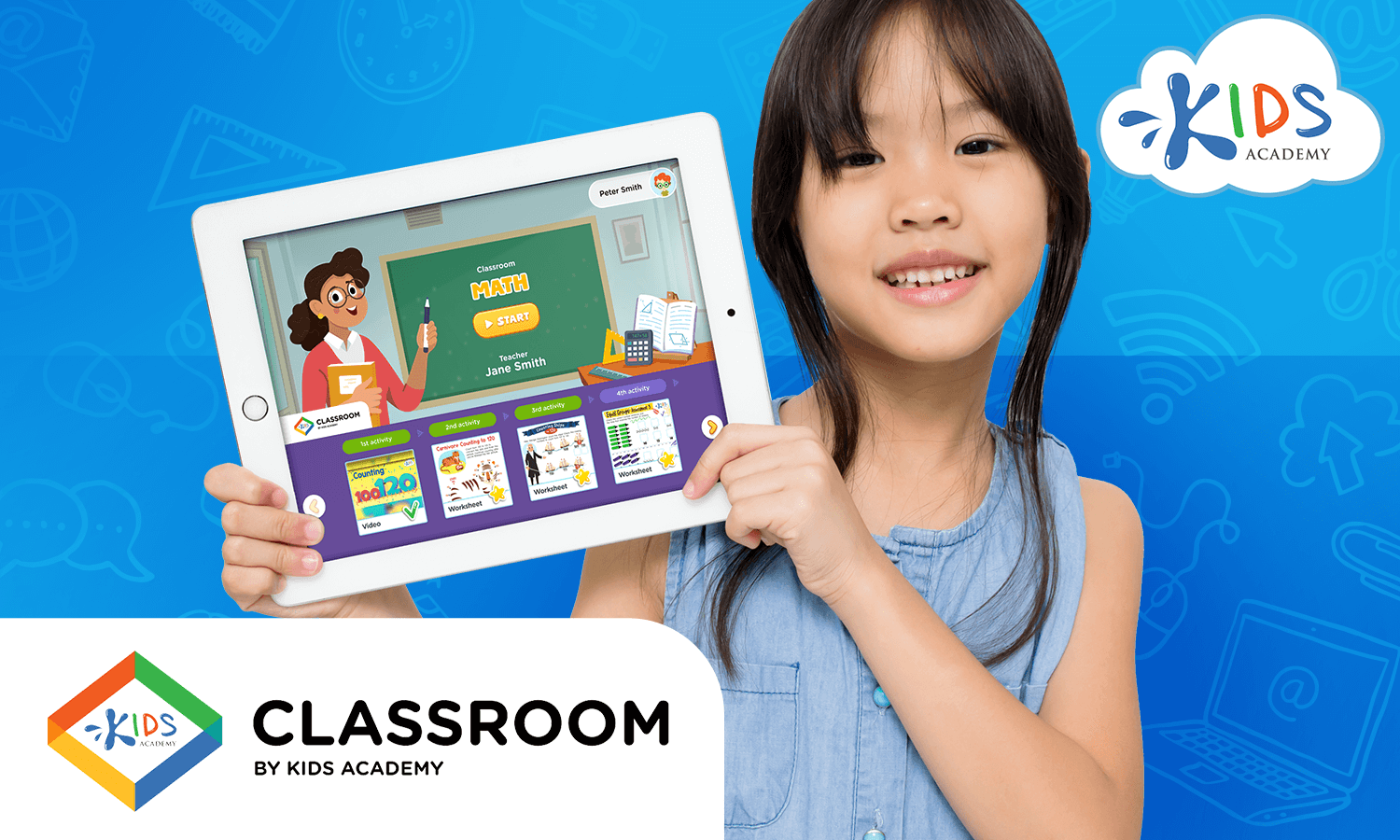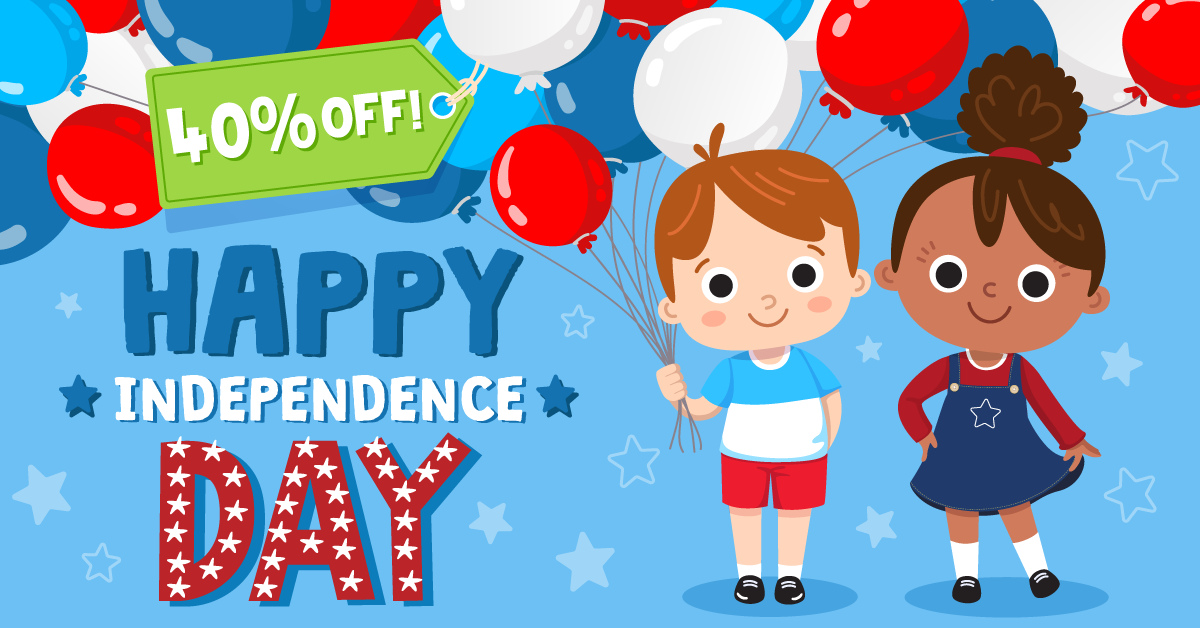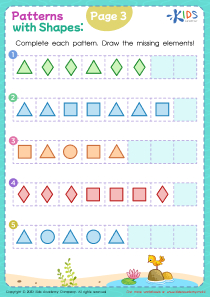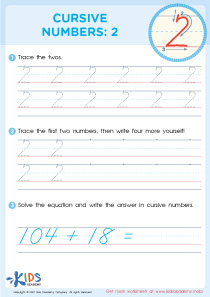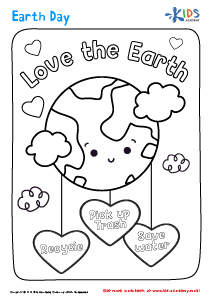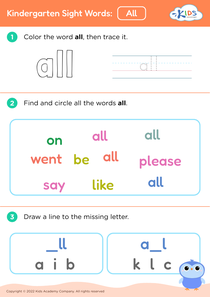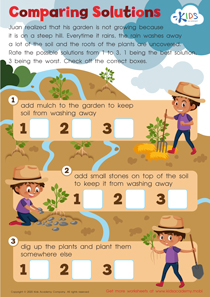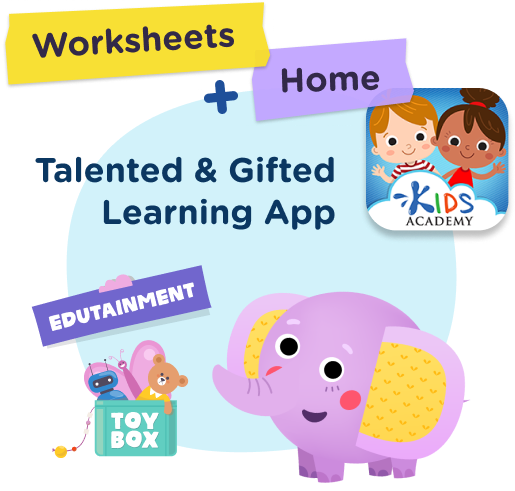Identifying story elements Worksheets for Ages 5-6
3 filtered results
-
From - To
Discover our engaging "Identifying Story Elements Worksheets" specifically designed for children ages 5-6. These worksheets help young learners recognize key components of stories, including characters, settings, and plots. Our interactive activities promote critical thinking and comprehension, making learning fun and effective. Each worksheet is colorful and kid-friendly, supports early literacy, and nurtures a love for reading. Suitable for classroom or home use, these resources are perfect for educators and parents looking to enhance their child's storytelling abilities. Dive into the world of imagination and creativity as your little ones build a strong foundation in understanding story elements!
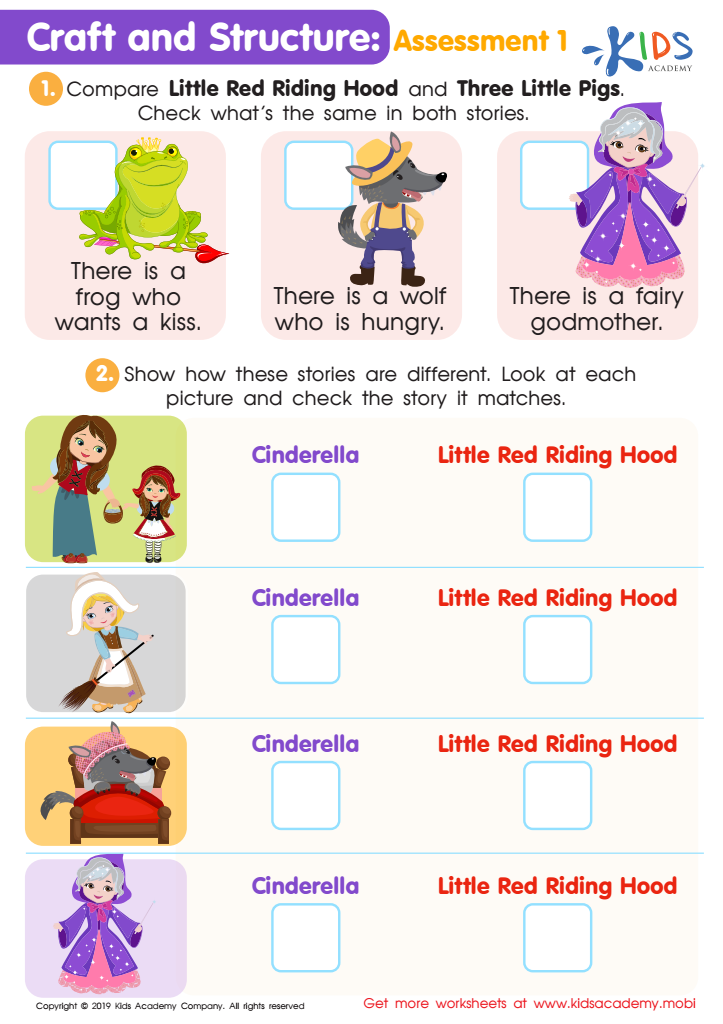

Craft and Structure: Assessment 1 Worksheet
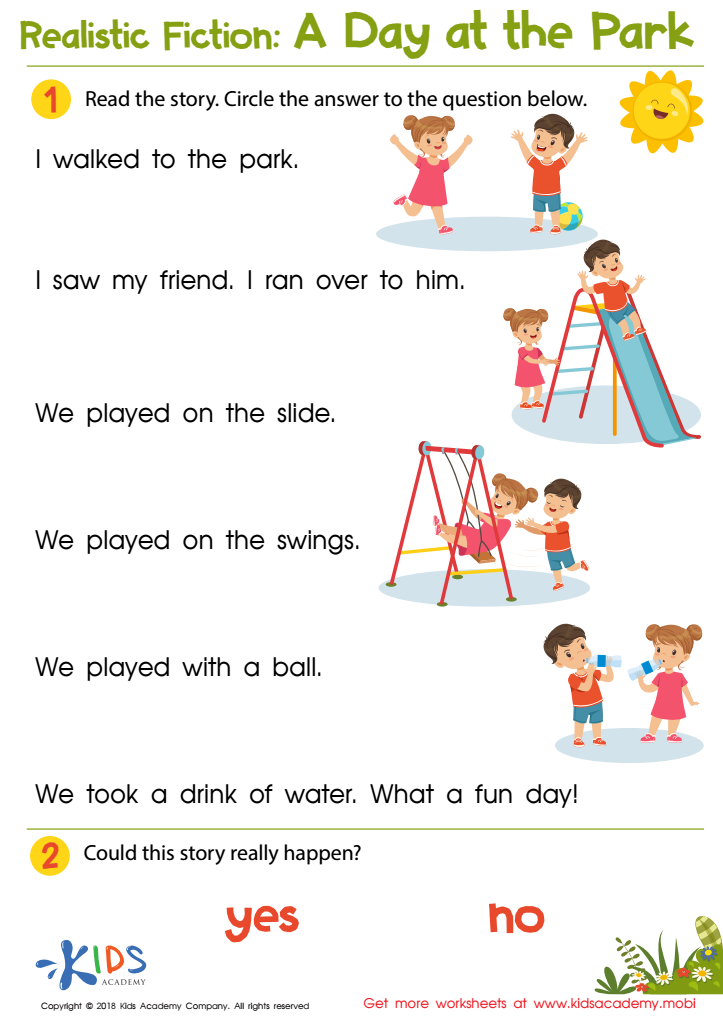

A Day at the Park Worksheet
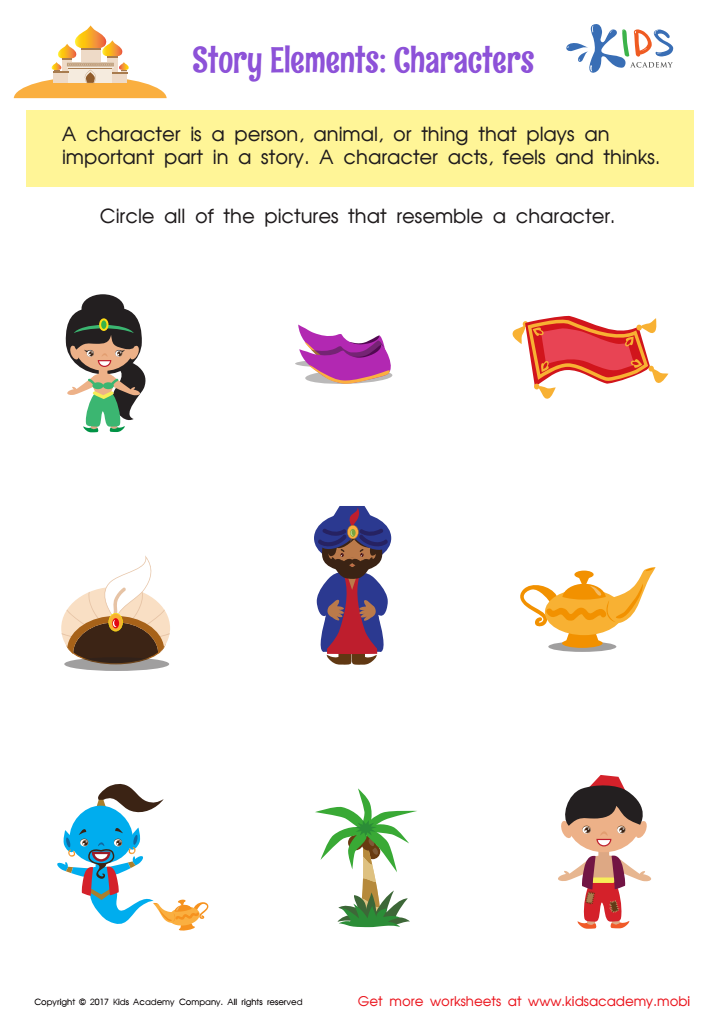

Story Elements Printable
Identifying story elements is crucial for young children, particularly those aged 5-6, as it lays the foundation for their literacy and critical thinking skills. Story elements include character, setting, plot, conflict, and resolution. By helping children recognize these components, parents and teachers can enhance their comprehension of stories, facilitating a deeper understanding of narrative structures.
Engaging with story elements encourages children to express their thoughts and connect personally with what they read or hear. This connection fosters a love for literature, making reading a more interactive and meaningful experience. Moreover, it enables children to summarize stories, predict outcomes, and identify the main ideas, which are essential skills throughout their educational journey.
Additionally, discussing story elements nurtures creativity in young learners, as they begin to consider how they might create their own characters and plots. Such imaginative play is essential for cognitive and emotional development. Ultimately, supporting children in identifying story elements not only enriches their reading experience but also promotes language development, critical thinking, and communication skills, all of which are fundamental for their overall academic success. Parents and teachers play a vital role in this process and should prioritize cultivating these skills in their young learners.
 Assign to My Students
Assign to My Students

